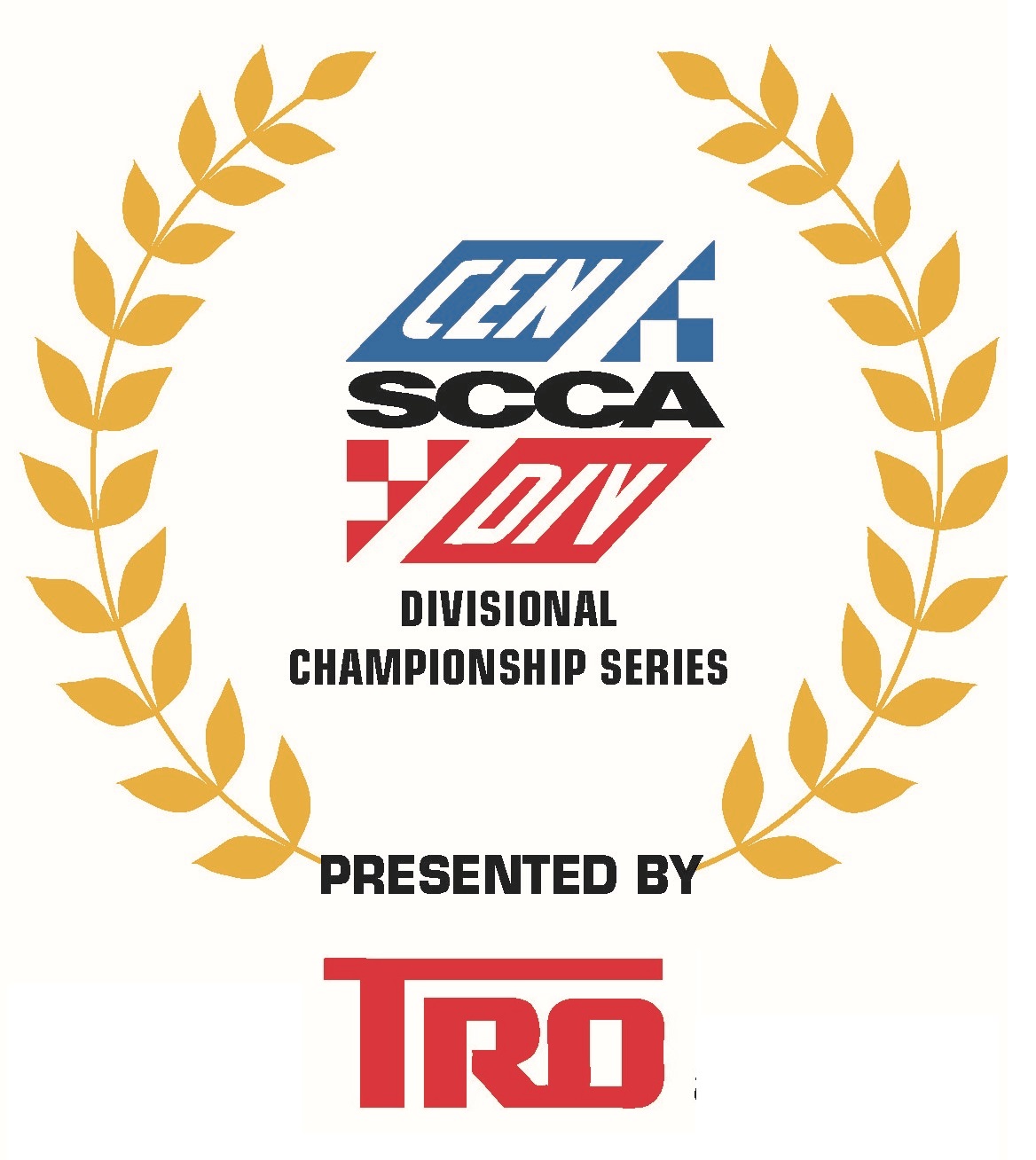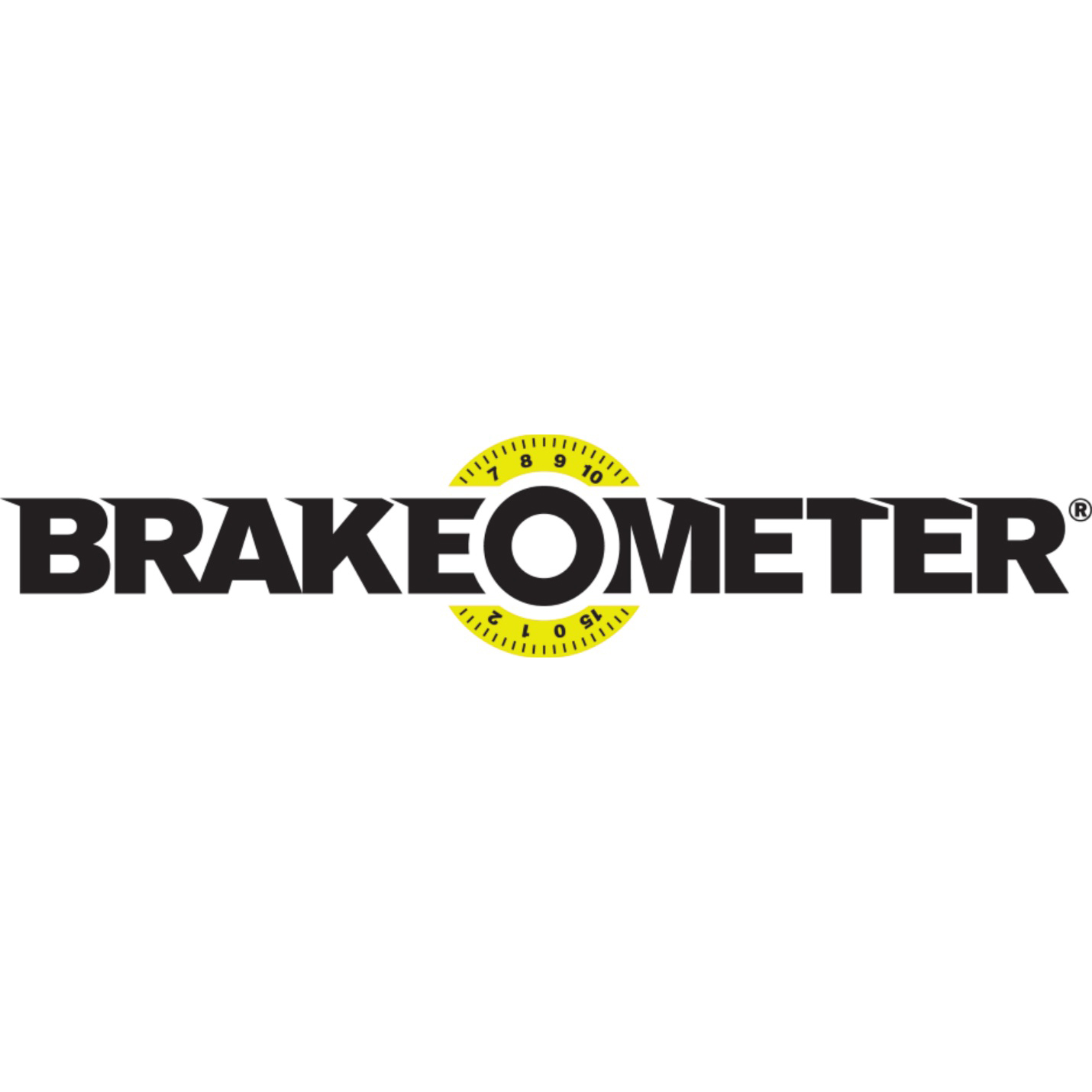Track flags are traditionally used in auto racing and similar motorsports to indicate track condition and to communicate important messages to drivers. Typically, the starter, sometimes the grand marshal of a race, waves the flags atop a flag stand near the start/finish line. On road courses, track marshals are also stationed at observation posts (corner stations) along the course in order to communicate both local and course-wide conditions to drivers.
Instructions specific to the use of flags during a Track Day will be in blue.
Status Flags
Status flags are used to inform all drivers of the general status of the course during a session. In addition, the green, yellow, and red flags described below may be augmented or replaced by lights at various points around the track.
The Green Flag
Signals a clear track to race on
The solid green flag is usually displayed by the starter to indicate the start of a session. During a session, it is displayed at the end of a caution period or a temporary delay to indicate that the session is restarting.
If the session is not under caution or delayed, it is said to be under green-flag conditions, though the flag is not actually displayed.
When shown at a corner station, a green flag may indicate the end of a local yellow-flag zone.
The Yellow Flag

The yellow flag means caution.
The solid yellow flag, or caution flag, universally requires drivers to slow down due to a hazard on the track.
- A single stationary flag denotes a hazard off the course
- A single waved flag denotes a hazard on the racing surface itself
- Two flags waved simultaneously denotes a hazard that wholly or partly blocks the racing surface. This informs the driver that there may be marshals on the track and to prepare to stop, if necessary.
When shown at a corner station, drivers are prohibited from passing until either the hazard or the next flag station displaying a green flag (signifying the end of a cautionary section) is passed. This flag is shown at the discretion of the marshals manning the station.
Red and yellow striped flag

The red-striped yellow flag indicates a potential traction hazard.
The yellow and red striped flag, also known as the “debris flag”, is displayed stationary at local flag stations to indicate that there is something on the track which could reduce grip or cause a car to lose control – generally oil, coolant, small pieces of debris or sand. It can also be “rocked” back and forth (but not waved) to indicate a small animal on the racing surface. Many organizations will display this flag for only two laps, after which the changed surface is considered to merely be “part of the track”.
The Red Flag

The red flag means stop.
The solid red flag is displayed when conditions are too unsafe to continue the session. Depending on the series, the cars are directed to proceed to pit road, or to stop at a specific spot.
There are several hazards that might cause a need to delay or prematurely end a session. Many hazards, such as rain, darkness, a blocked course (due to debris, water or safety vehicles), a car on fire, or a devastating multi-car crash (especially one that results in serious injuries or one that results in damage to walls, fences or the surface itself which require repairs) might prompt series officials to call for the red flag.
During a Track Day session, you should come to a safe stop within sight of a manned corner station. Position your car towards one side of the track such that any emergency vehicles can easily get by. When instructed by the corner workers, proceed directly and slowly to pit lane.
The White Flag

The white flag either signals that an official car is on track, or that the final lap is in progress.
In all championships which use the FIA International Sporting Code, as well as road courses in North America, the white flag indicates the presence of an official car or a competitor moving at below normal speed in the section of track covered by the flag station.
In the IRL and NASCAR, a white flag displayed from the starter’s tower indicates the start of the last lap for all the competitors.
In some series, a white flag is shown from all flag stations on the first lap of a practice or qualifying session so competitors will know which stations are manned.
The Checkered Flag

Session is over, proceed to pit lane.
The checkered flag is displayed at the finish line to indicate that the current session has been completed. At some circuits, the first flag point will display a repeat checkered flag (usually on the opposite side of the circuit). The flag is commonly associated with the winner of the race, as he is the first driver to ‘take’ (drive past) the checkered flag.
Upon seeing the checkered flag and crossing the finish line, drivers are required to slow to a safe speed, proceed to pit lane and exit the track. Drive at a speed such that you can avoid heavy use of the brakes and allow them to cool.
Instruction Flags
Instruction flags are usually used to communicate with one driver at a time.
The Black Flag

The black flag orders a particular driver into the pit area.
The solid black flag is used to summon a driver to the pits. It is usually used to punish a driver or team for disobeying the rules, but may also be used when a car is suffering a dangerous mechanical failure, such as a loose hood or dragging bumper, or even calling a driver to the pits when their radio is not working. Black flags can be waved at all observation posts simultaneously to order all drivers to clear the track after the starter waves the red flag, often in the case of a serious accident.
During a Track Day session, if you go “off track” (i.e. two or more wheels off the pavement), you will automatically be shown a black flag. Proceed to pit lane for further instructions and for a quick safety inspection of your car. Do not wait for a corner station to show you the black flag, if you went “off track” for any reason, proceed immediately to pit lane.
The Blue/Yellow Flag

This flag encourages a driver to move aside to allow faster traffic to pass.
A light blue flag, sometimes with a diagonal yellow, orange, or red stripe, (also known as the “passing” flag) informs a driver that a faster car is approaching and that the driver should move aside to allow one or more faster cars to pass. During a race, this would usually only be shown to a lapped driver, but during practice or qualifying it could be shown to any driver. In some series, the blue flag is not mandatory – drivers obey it only as a courtesy to their fellow racers. In other series, drivers get severely penalized for not yielding or interfering with the leaders, including getting sent to the pits for the rest of the race.
During a Track Day session, you will be shown the “passing flag” if there is a faster car is approaching. Please check your mirrors as you approach the approved “passing zones” for your run group and wave the faster car by with a “point” (i.e. with a hand pointing out the drivers side window). Back off the throttle to allow the faster car to complete the pass quickly and safely. If there are multiple cars, you must acknowledge each passing car with a point. If you repeatedly ignore the passing flag, you will be shown the black flag and will be required proceed directly to pit lane.
The Black flag with Orange Circle

This flag indicates an internal hazard in a participant’s vehicle.
A black flag with an orange disk in its center (also known as the “meatball” flag) indicates that a car is being summoned to the pits due to mechanical problems that are interfering with the race, such as an oil, water, or fuel leak.
Any track specific flags or additional meanings for the above flags will be communicated to all participants and the drivers meeting prior to the track opening for the track day sessions.




